Saint John the Evangelist and Saint Luke
(2) Oil on board, cm 42 x 15
The two tablets present the Saints John the Evangelist and Luke: to make the figures easily identifiable are the symbols of the tetramorph that accompany them, the eagle - representative of the spiritual and theological vision of the evangelist - for John and the ox - which refers to the sacrifice of Zechariah - for Luke. The representation of the evangelists with their respective symbols of the tetramorph spread in the French and Spanish area since 1100 - one of the earliest examples coincides with the sculptural relief of the portal of the cathedral of Burgos, in Castilla y Leon - and prospers in Italy between the late Middle Ages and the early Renaissance, still being lucky in the sixteenth century. The representation of Saint John with the eagle is put into action in the sixteenth century, among others, by the Correggio at the frescoed lunette for the church of San Giovanni Evangelista in Parma; Among the artists who in the sixteenth century represent San Luca with the ox there is instead the Florentine Giorgio Vasari, who develops this iconographic theme in the painting made for the chapel of San Pio in the Vatican. The vivid and brilliant colors of the figures, which stand out on a clear blue sky, recall some of the most famous works of the masters of Brescia in the mid-sixteenth century: a reference for the artist of the painting could have been certainly the diptych of Saint Giovita and Saint Faustino on the Basilica of Santa Maria in Valvendra di Lovere, with which the tablets share the bold colors and the shaded contours. At the iconographic level, the artist may have looked instead to the art of Bergamo, especially the Moroni, with particular reference to the Saints John the Evangelist and Paul, two tables currently in private collection quoted by the art historian Mina Gregori in Giovan Battista Moroni of 1979 (p. 285, nn. 149-150; p. 335, figg. 5-6).


























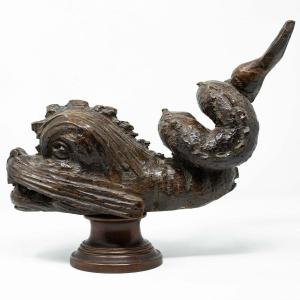





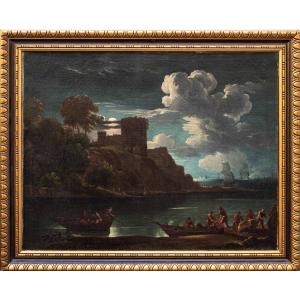






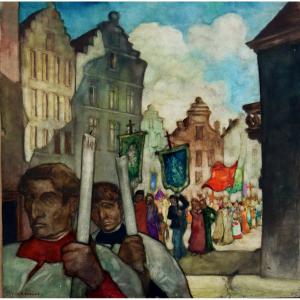
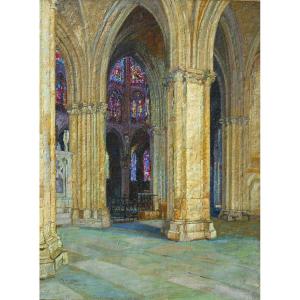
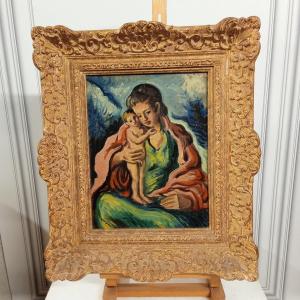

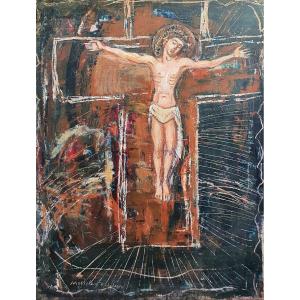



 Le Magazine de PROANTIC
Le Magazine de PROANTIC TRÉSORS Magazine
TRÉSORS Magazine Rivista Artiquariato
Rivista Artiquariato